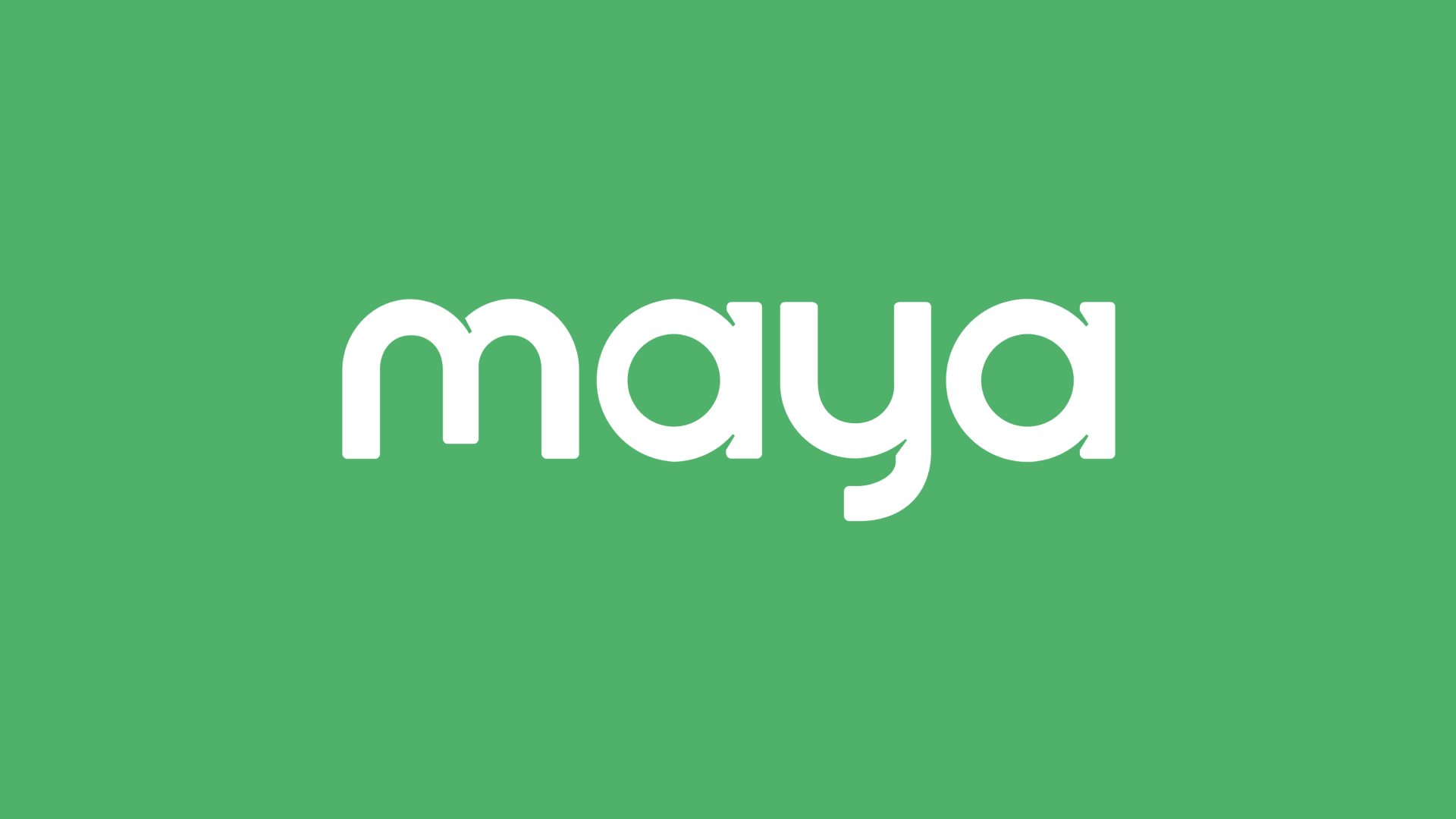
While the terms “profit” and “revenue” are often used interchangeably, they represent distinct aspects of a business's financial health. If you own a business or manage a business’s finances, understanding the differences is important since it puts you on the same page as everyone else who works with financial matters, particularly your accounting team. A heightened understanding of these concepts also makes it easier to engage with peers in the business community, particularly thought leaders, investors, and lenders who can take your business to the next level. Most importantly, having precise knowledge of these concepts will help you interpret financial data, ensuring your business’s sustainability. Let’s now take a closer look at the technical definitions and the practical differences between profit and revenue.
What Small Business Owners Should Know about Profit and Revenue
Because of their limited scope, small business owners typically don’t need to master accounting and bookkeeping concepts in the same way as a career accountant might have to. That said, if you own a business, you must master the implications of the so-called top and bottom lines in its income statements. Getting yourself familiar with the practical concepts below will empower you to run a consistently successful business:
1. Basic Definitions
Revenue is the total income derived from sales of goods and services over a given period. It’s sometimes called the “top line” because it’s the figure near the top of typical income statements. The cash amounts that come into your business through its cash registers and online payment gatewayare typically considered part of its revenue.
Profit, on the other hand, is the amount that remains after all expenses are subtracted from revenue, representing the true financial gain earned by the business. It’s also referred to as “net income” or, colloquially, as the “bottom line” to reflect its location at the bottom of most income statements. It’s not to be confused with “gross profits,” which is the revenue minus the cost of goods sold (COGS), which only includes direct production costs.
2. How Profit and Revenue Are Timed
Technically speaking, revenue is recognized when a sale is made, regardless of when the payment is received. In practical terms, however, you need an electronic cash register (ECR) and a payment gateway Philippines small businesses can use. Having these technologies will ensure that cash inflows are recorded immediately to give your business more financial flexibility. For online sales, Maya Checkout is widely considered to be the best payment gateway for small businesses, thanks to its simple dashboard and ease of integration into WooCommerce and Shopify through Maya Plugins.
Profit, on the other hand, is calculated after deducting all expenses associated with generating that revenue, including COGS, operating expenses, marketing, taxes, and interest. Because of the complications involved in getting expense data, profits are often realized much later than revenues, in practice.
3. What They Reveal about Business Performance
Revenue is a good marker for demonstrating your business's ability to attract customers and generate sales. Revenue patterns can also be used to gauge market penetration and business viability.
Profit, however, is more useful for indicating a business’s operational efficiency and return on investment (ROI). For that reason, most investors and lenders will prioritize profit over revenue when assessing your business.
4. How They Are Measured
Revenue is relatively straightforward to measure since it directly correlates with sales transactions. Measuring profitability, however, can be much more difficult, as it requires a more comprehensive analysis of all income and expenses. This is further complicated by the fact that some key expenses like depreciation and opportunity costs can only be estimated, which gives plenty of leeway to interpret profit margins.
5. Investor Perspectives
Each investor prioritizes different things. However, investors who are interested in market potential are almost certainly going to be more interested in revenue patterns, since these are strong signals of market demand. In some cases, they may even be fine investing in a business with no immediate profits if it means that there is a chance of achieving scale, market dominance, and profitability at some point in the future.
For most investors, however, the bottom line is what matters the most. Because of this, good profit performance can give you some leverage in investor negotiations and make your business more attractive to more conservative investors.
6. Profit and Revenue’s Roles in Decision-Making
Revenue performance is an important factor for strategic decisions related to pricing, marketing, and product development. On the other hand, profitability is a principal factor when considering cost management, resource allocation, and investment prioritization.
Ensure Your Business’s Financial Health with Maya Checkout
Fast-paced business environments demand the instant recognition of cash inflows. Maya Checkout ensures that your business can seamlessly process any online payment, keeping your revenue stream consistent and accessible. With Maya Checkout, your revenue is accurately recorded in your financial statements in real time, giving you more flexibility and resilience in your daily finances. Sign up for Maya Business to try Maya Checkout for your business.
Creating a Maya Business immediately gives your business a high-performing Maya Business Deposit account for payments received through Maya Checkout. With its industry-leading 2.5% per annum interest rate, your business can earn PHP 25,000 a year on just a PHP 1 million deposit. With free cash transfers to partners and suppliers via InstaPay and PESONet, your small business can also effortlessly expand its savings and growth potential.
Signing up for Maya Business also qualifies your business for a no-collateral Maya Flexi Loan offer as high as PHP 2 million in 3 months. Use Maya Flexi Loan to cover emergencies or make critical purchases that ensure your business’s long-term success. For higher loan offers, use Maya Business as your primary processor for all digital wallet and card payments.
Sign up for Maya Business to enjoy Maya Checkout and other game-changing Maya Business solutions.

Maya Business
Merchant inquiries:
Maya is powered by the country's only end-to-end digital payments company Maya Philippines, Inc. and Maya Bank, Inc. for digital banking services. Maya Philippines, Inc. and Maya Bank, Inc. are regulated by the Bangko Sentral ng Pilipinas.
www.bsp.gov.ph